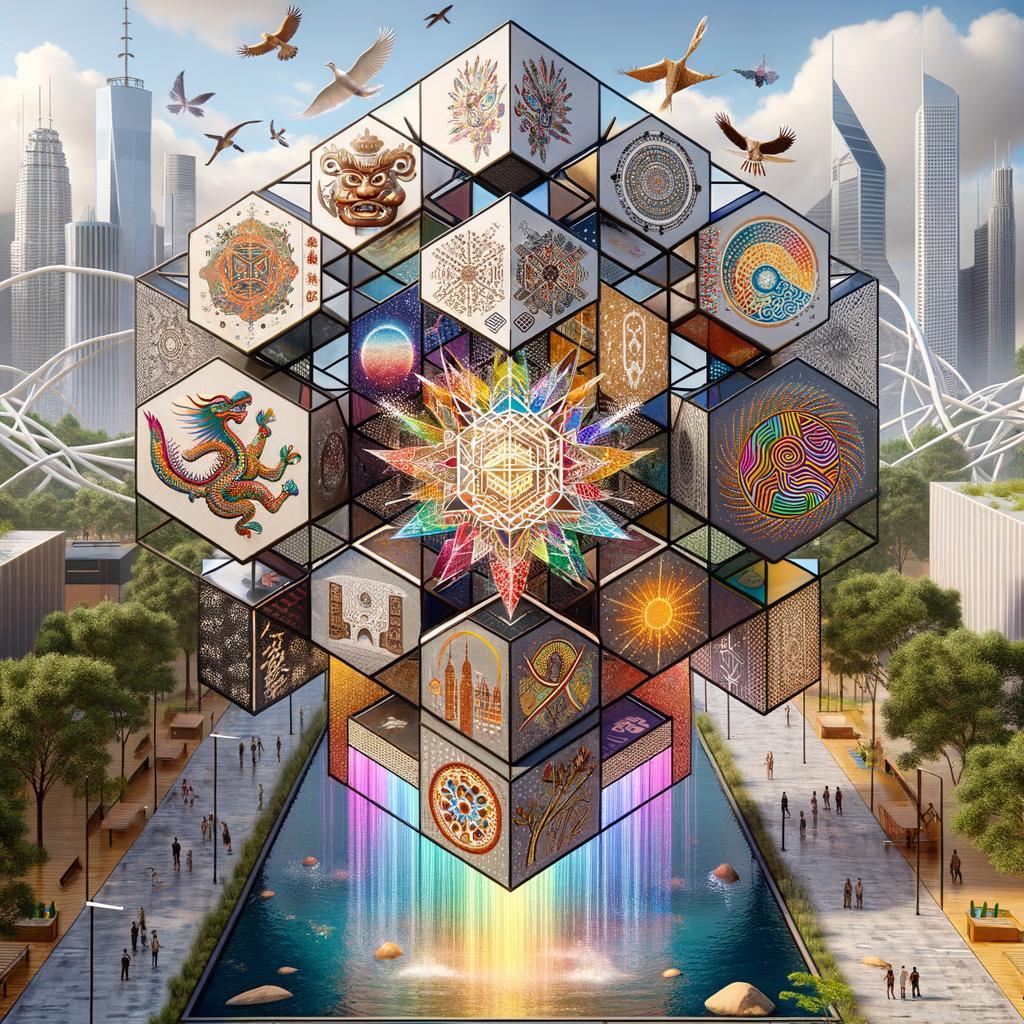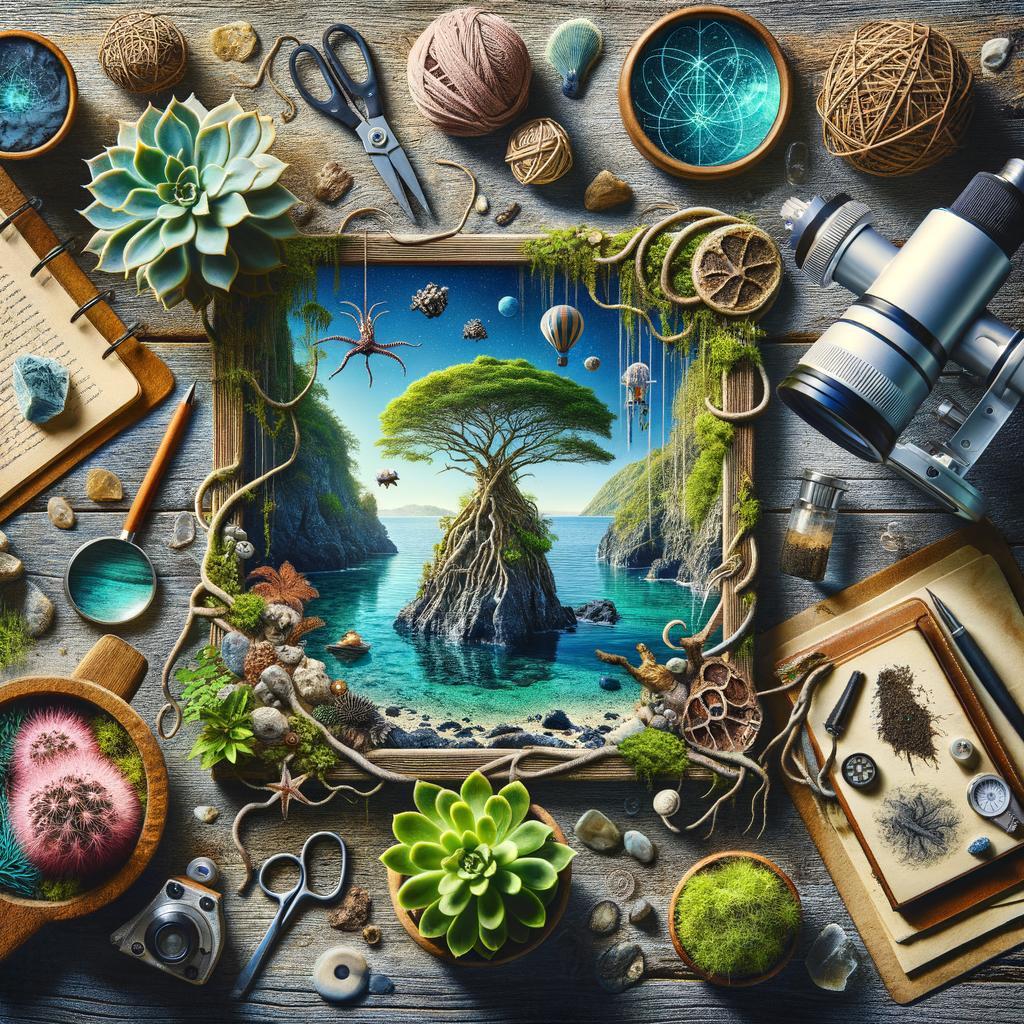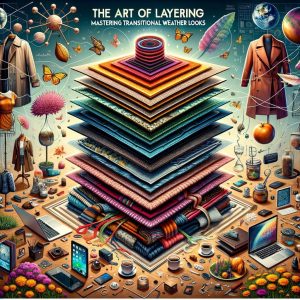“Cultural Festivals: Experiencing the World Through Celebration”
In a world where boundaries often create divisions, cultural festivals emerge as vibrant bridges, uniting people through the universal language of celebration. Each festival, whether it’s the rhythmic beats of a drum circle in West Africa, the colorful parades of Rio de Janeiro’s Carnival, or the serene rituals of Japan’s Hanami, offers a unique window into the heart and soul of diverse societies. These festivities are not merely events marked on a calendar; they are repositories of history, tradition, and communal identity, inviting both locals and travelers alike to partake in their stories. As we explore the kaleidoscope of cultural festivals from around the globe, we discover not only the rich tapestries of heritage but also the shared human experiences that bind us together. Through music, dance, art, and food, each celebration provides an opportunity to engage with the world in its most joyous and expressive form, reminding us that in unity, there is strength and in diversity, there is beauty. Join us on this journey to experience the world through the lens of cultural festivities, where every celebration tells a tale worth hearing.
Exploring the Rich Tapestry of Global Traditions
From vibrant parades to tranquil rituals, cultural festivals offer a window into the diverse heritage of communities around the globe. These celebrations often serve a dual purpose: preserving age-old traditions and fostering a sense of unity among participants. Each festival is a unique tapestry of music, dance, and culinary delights, reflecting the local customs and values. In many cultures, you’ll find that festivals coincide with agricultural cycles or historical events, making them a living narrative of a community’s journey through time. For instance, Diwali illuminates the triumph of light over darkness in India, while Oktoberfest in Germany showcases the region’s rich brewing tradition through communal revelry.
Participating in these festivals allows one to experience the world through the eyes of others, celebrating diversity in an authentic way. Visitors can engage all their senses, from the sounds of traditional music echoing in the streets to the tantalizing aromas wafting from local food stalls. Here are just a few notable festivals that exemplify this cultural richness:
- Holi – India: Celebrated with vibrant colors and joyous rites, symbolizing the arrival of spring.
- Carnival – Brazil: A lively festival known for its samba parades and extravagant costumes.
- Chinese New Year – Worldwide: Marked by family reunions, lion dances, and fireworks.
- La Tomatina – Spain: A unique food fight festival celebrating harvest.
The Role of Culinary Delights in Festival Culture
Culinary delights are more than just food; they serve as the vibrant tapestry that weaves together the fabric of festival culture. Each dish tells a story, echoing the history, tradition, and identity of the community it represents. From the spicy street food of the night markets in Thailand to the rich pastry treats at Christmas markets in Germany, food becomes a medium through which cultural narratives are shared and experienced. These flavors not only tantalize the taste buds but also evoke nostalgia and a sense of belonging as festival-goers gather to partake in shared culinary experiences.
Among the various flavors and textures that come alive at festivals, traditional dishes often reign supreme, each bite transporting eaters to a different time and place. The following table summarizes some iconic festival foods from around the world:
| Festival | Country | Signature Dish |
|---|---|---|
| Diwali | India | Gulab Jamun |
| Oktoberfest | Germany | Bavarian Pretzel |
| Songkran | Thailand | Pad Thai |
| Holi | India | Bhaang Gujiya |
The act of sharing these dishes can often extend beyond the simple satisfaction of hunger; it becomes a communal ritual, reinforcing bonds between family, friends, and strangers alike. As attendees sample these culinary treasures, they also engage with cultural heritage, often sparking conversations about the origins of each dish and the significance it holds. This intertwining of taste and tradition creates a rich, immersive festival experience, allowing everyone to savor not just the food, but the culture itself.
Embracing Diversity: Festivals as a Gateway to Understanding
Cultural festivals serve as vibrant expressions of the world’s rich tapestry, allowing individuals to step into the shoes of different communities and experience their values, traditions, and ways of life. These celebrations are not just about festivities; they are powerful mediums through which we can gain insights into historical narratives, spiritual beliefs, and social practices that shape individual cultures. Attending these events can break down preconceived notions and foster connections among people from diverse backgrounds. Through food stalls, music performances, and traditional attire, attendees can immerse themselves in a multisensory experience that promotes empathy and understanding.
Participation in global celebrations fosters a sense of shared humanity and respect for the uniqueness of various heritages. Festivals like Diwali, the Chinese New Year, and the Carnival offer opportunities to witness the ways in which joy and reverence are uniquely expressed. Each festival presents its customs and practices, such as:
- Diwali: The Festival of Lights symbolizing the victory of light over darkness.
- Chinese New Year: A celebration marked by family reunions and traditional lion dances.
- Carnival: A vibrant expression of art and culture through parades and masquerades.
Engaging with these festivals not only allows us to celebrate alongside others but also opens doors to meaningful conversations that challenge stereotypes and encourage curiosity. Through the exchange of stories, music, and culinary delights, we discover shared values and appreciate the intricate differences that make our world exciting and diverse. Ultimately, these festivals remind us that every culture has a story worth telling and celebrating.
Sustainable Celebrations: Balancing Tradition and Eco-Consciousness
Celebrations have always been an integral part of our cultures, offering a chance to bring communities together and honor age-old traditions. However, with increasing awareness of environmental issues, many are now seeking ways to infuse eco-consciousness into these cherished events. Here are some simple yet effective ideas for hosting celebrations that respect both heritage and the planet:
- Locally Sourced Ingredients: Use ingredients from local farms to reduce carbon footprint.
- Natural Decorations: Opt for organic decorations, such as flowers and plants sourced sustainably.
- Digital Invitations: Save paper by sending invites online rather than relying on traditional print.
- Eco-Friendly Favors: Choose biodegradable or reusable favors that align with sustainability goals.
Incorporating sustainable practices into cultural festivities not only preserves the essence of celebration but also paves the way for future generations to enjoy these rich traditions. To illustrate the balance between tradition and eco-friendliness, consider the following examples of celebratory practices from around the world:
| Festival | Sustainable Practice |
|---|---|
| Diwali (India) | Use of clay lamps instead of electric lights |
| Rio Carnival (Brazil) | Costumes made from recycled materials |
| Oktoberfest (Germany) | Promoting local brews and food |
| Chinese New Year | Red packets made from recycled paper |
Insights and Conclusions
As we conclude our journey through the vibrant tapestry of cultural festivals, it’s clear that these gatherings do more than entertain; they serve as profound reflections of our shared humanity. Each festival is a portal into the traditions, histories, and values of diverse communities, inviting us to step outside our own experiences and engage with the world in its myriad forms.
Through the rhythmic beats of drums, the tantalizing aromas of diverse cuisines, and the kaleidoscope of colors worn by joyful participants, we find a universal language—celebration—that transcends borders. Whether in the bustling streets of Rio during Carnival or the serene landscapes of India during Diwali, these moments remind us of the beauty found in our differences and the connections forged through shared joy.
As you explore the possibilities of attending a cultural festival, remember that each celebration is an opportunity to learn, to embrace, and to take part in the collective human experience. Let us encourage one another to celebrate not only our own traditions but also those that enrich our global community. In doing so, we create a world that honors diversity, fosters understanding, and revels in the beauty of togetherness. So, as you venture forth, may you carry the spirit of these festivals with you, igniting your own celebrations and deepening your appreciation for the beautiful mosaic of cultures that surround us.













Post Comment